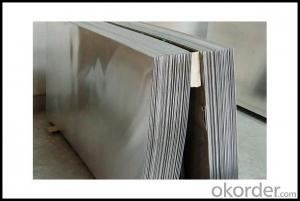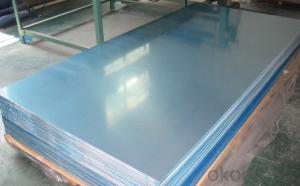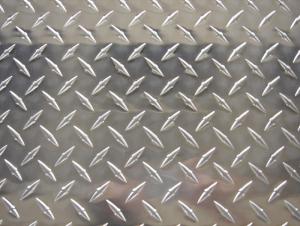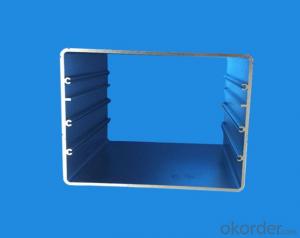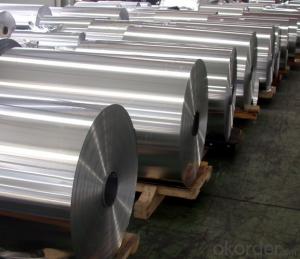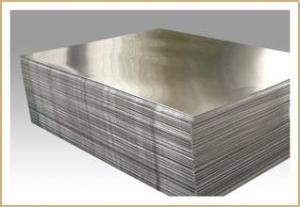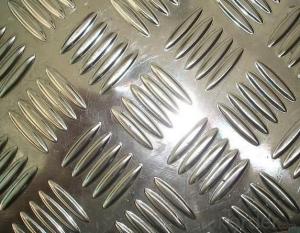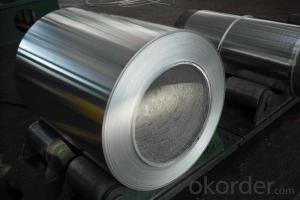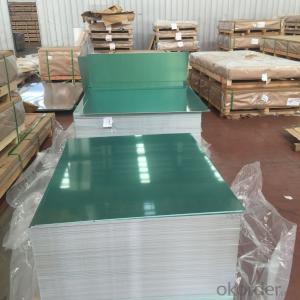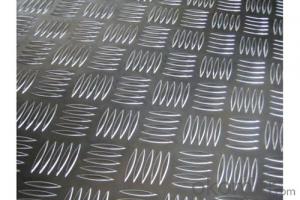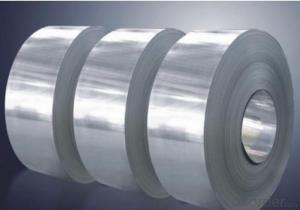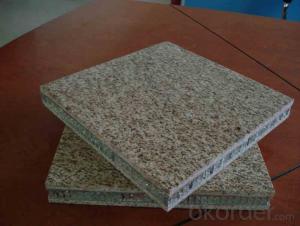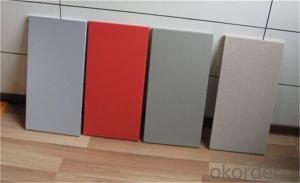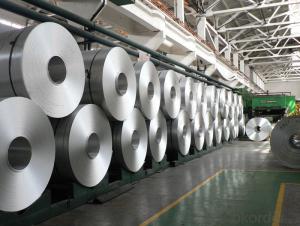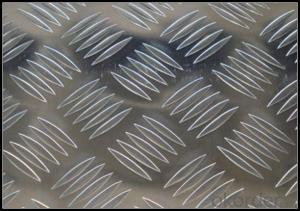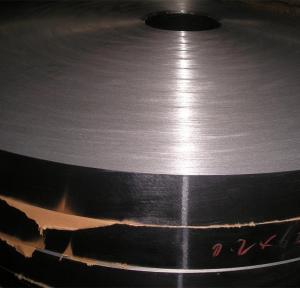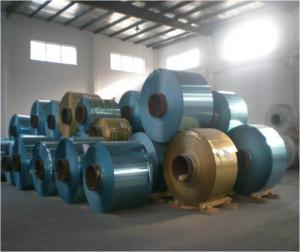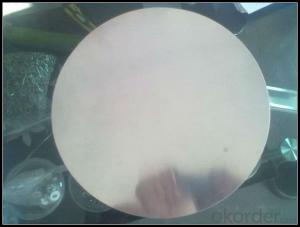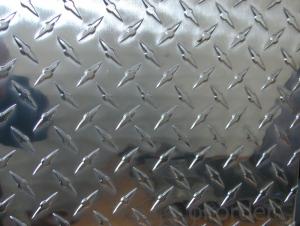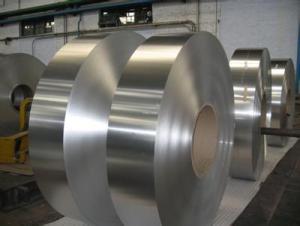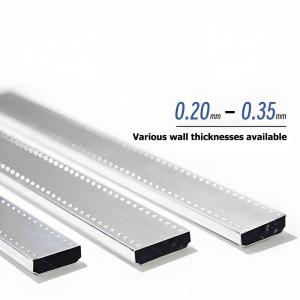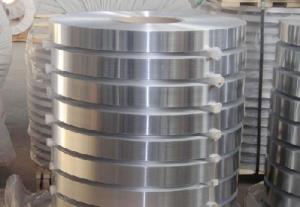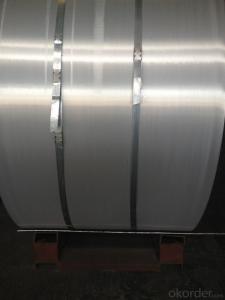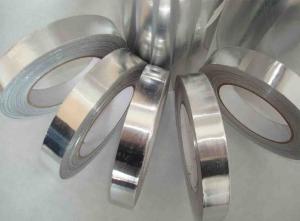1/8 Diamond Plate Aluminum
1/8 Diamond Plate Aluminum Related Searches
1/8 Aluminum Diamond Plate 1/8 Inch Diamond Plate Aluminum 1/8 Inch Aluminum Diamond Plate 1/8 Black Aluminum Diamond Plate Aluminum 1/8 Plate 1/8 Aluminum Plate 1/8 Inch Aluminum Plate 4x8 1/8 Diamond Plate Aluminum Aluminum Plate 1/8 4x8 Aluminum Diamond Plate 1/8 1/8 Aluminum Diamond Plate 4'X8' 1 8 Aluminum Diamond Plate 4x8 1/8 Aluminum Diamond Plate 1 8 Inch Diamond Plate Aluminum 1/8 Thick Aluminum Plate 1 8 Inch Aluminum Diamond Plate 1/8 In Aluminum Plate 1/16 Diamond Plate Aluminum 1/4 Diamond Plate Aluminum Aluminum Plate 1/8 Thick 1/8 Inch Thick Aluminum Plate 3/8 Aluminum Diamond Plate 1/4 Inch Diamond Plate Aluminum 4x8 1/4 Diamond Plate Aluminum 1/4 Aluminum Diamond Plate 1/4 Aluminum Diamond Plate 4x8 4x8 1/4 Aluminum Diamond Plate 1/4 Inch Aluminum Diamond Plate 1/2 Aluminum Diamond Plate 1 8 Black Aluminum Diamond Plate1/8 Diamond Plate Aluminum Supplier & Manufacturer from China
1/8 Diamond Plate Aluminum is a type of aluminum sheet material that features a distinctive diamond-shaped pattern on its surface, providing both an aesthetically pleasing appearance and increased slip resistance. This product is made from high-quality aluminum and is known for its durability, corrosion resistance, and lightweight properties, making it a popular choice for various applications.The 1/8 Diamond Plate Aluminum is widely used in a range of industries and applications, including construction, transportation, and manufacturing. It is commonly utilized for flooring, stair treads, ramps, and walkways, as well as for decorative purposes in vehicles, boats, and machinery. Its slip-resistant surface makes it an ideal choice for areas where safety is a priority, such as in wet or oily environments. Additionally, the diamond plate's lightweight nature and ease of installation make it a preferred material for many projects.
Okorder.com is a leading wholesale supplier of 1/8 Diamond Plate Aluminum, offering a vast inventory of this product to cater to the needs of various industries. With a commitment to providing high-quality materials at competitive prices, Okorder.com ensures that customers can access the 1/8 Diamond Plate Aluminum they require for their projects, whether it's for commercial or industrial use. By partnering with Okorder.com, customers can benefit from their extensive experience and expertise in the field, ensuring that they receive the best possible product for their specific needs.
Hot Products
